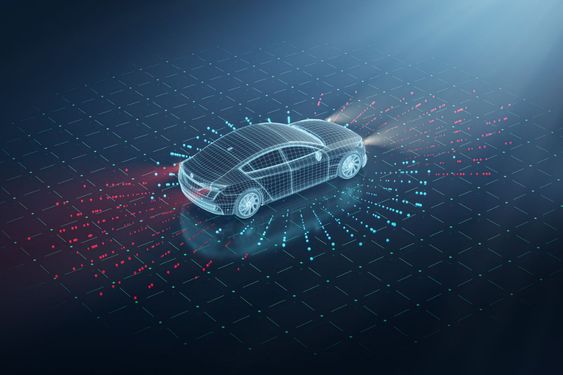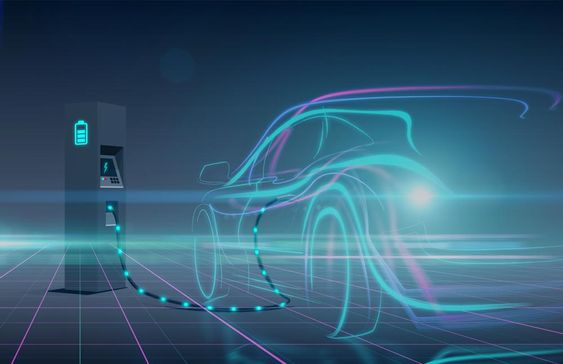Introduction:
The year 2024 has seen significant strides in the development and testing of autonomous vehicles (AVs). While the promise of fully self-driving cars remains on the horizon, advancements in technology, regulations, and public perception are paving the way for a future where AVs play a more prominent role in our transportation systems. This article explores some of the key developments in AV testing during 2024, highlighting the challenges and opportunities that lie ahead.

Regulatory Landscape:
One of the most crucial aspects of AV development is the regulatory environment. Governments around the world are grappling with the complex issues surrounding AV safety, liability, and ethical considerations. In 2024, we have seen a flurry of activity in this area, with several countries and states introducing new regulations or updating existing ones. For example, the European Union has proposed a comprehensive framework for AV deployment, while California has continued to refine its testing guidelines. These regulatory developments are essential for ensuring that AVs are developed and deployed responsibly.
Technological Advancements:
The technological advancements in AVs are happening at a rapid pace. 2024 has seen significant progress in areas such as sensor technology, artificial intelligence (AI), and data processing. Companies are developing more sophisticated sensors, including lidar and radar systems, that can provide a more comprehensive understanding of the surrounding environment. AI algorithms are becoming more robust and capable of handling complex driving scenarios. And the ability to process vast amounts of data is enabling AVs to learn and adapt to different driving conditions.
Public Perception:
Public perception of AVs is a critical factor in their adoption. While there is growing interest in the potential benefits of AVs, such as increased safety and convenience, there are also concerns about job displacement, cybersecurity, and ethical dilemmas. In 2024, we have seen a shift in public opinion, with more people expressing a willingness to embrace AVs. This shift is likely due to increased awareness of the technology and its potential benefits, as well as the growing presence of AVs on public roads.
Challenges and Opportunities:
Despite the progress made in 2024, there are still significant challenges to overcome before AVs become mainstream. These challenges include ensuring safety and reliability, addressing ethical concerns, and navigating the complexities of regulatory frameworks. However, the opportunities are equally vast. AVs have the potential to revolutionize transportation, improve safety, reduce congestion, and create new economic opportunities.
Conclusion:
The year 2024 has been a pivotal one for autonomous vehicle testing. Advancements in technology, regulations, and public perception are paving the way for a future where AVs play a significant role in our transportation systems. While there are still challenges to overcome, the potential benefits of AVs are undeniable. As we move forward, it is crucial to continue investing in research, development, and testing to ensure that AVs are deployed safely, responsibly, and ethically.





